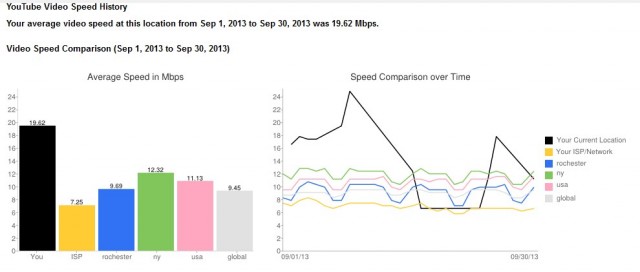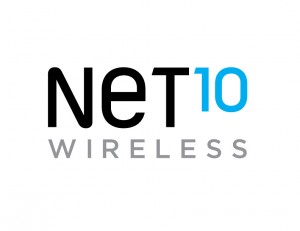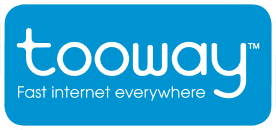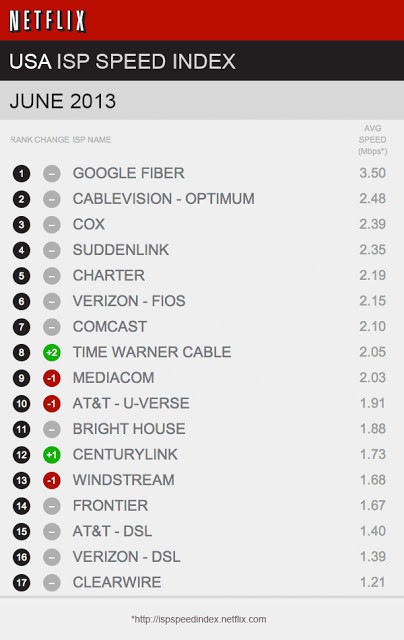Frustrated YouTube fans have complained all year about degraded performance, videos that don’t play, and endless rebuffering of online videos. Now a third-party has placed the blame for this on YouTube’s owner Google, which is allegedly running server farms overloaded with YouTube video traffic.
 Sandvine’s Dan Deeth argues that super fast broadband speed and the providers that deliver it are not always the best indicators of subscribers’ ‘Internet quality of experience.’ More important, Deeth writes, is how well an Internet-delivered application or content works for consumers.
Sandvine’s Dan Deeth argues that super fast broadband speed and the providers that deliver it are not always the best indicators of subscribers’ ‘Internet quality of experience.’ More important, Deeth writes, is how well an Internet-delivered application or content works for consumers.
Broadband users typically blame their Internet Service Provider when a website refuses to load or an online video staggers from one “buffering” pause to the next. But the bottleneck is sometimes beyond the control of your provider and may even reside at the content distribution network sending you the streamed video.
Among the most frustrating online video experiences this year comes from YouTube, owned by Google. Users complain videos never start, timeout, constantly buffer, or downshift to lower video quality.
“The enormous increase in ads all seem to play fine, but there are dozens of times the video itself never begins at all or quickly times-out to rebuffer,” said James Bellwar.
Hyun Soo Park, a YouTube contributor that earns side income from sharing ad revenue says YouTube is getting hopeless.
“My fans are giving up and are occasionally even angry at me because they think I am responsible for the ads that play fine and the videos that do not,” said Hyun.
Blame Google, says Deeth:
We can rule out ISPs being the root cause of YouTube’s quality issue. Instead, we can conclude that the root cause of the degradation in quality is likely occurring because of an oversubscription in the Google server farm (where YouTube is hosted) which makes YouTube unable to meet high lunch time and evening video demand. This oversubscription would result from a commercial decision by YouTube to regarding how much capital they wanted to invest in server capacity to maintain quality.
For those interested in examining further, YouTube has a ‘my speed benchmark’ that seeks to measure ‘maximum demand’. You can use these benchmark tools to not only view your historical YouTube performance, but also measure in real-time the performance of a video you are viewing.

YouTube performance at Stop the Cap! HQ
While consumers are caught in the middle of the finger-pointing, there is a solution to keep YouTube videos from endlessly buffering. PC World offers a way to force YouTube to send the entire video instead of the current system that only pre-buffers small segments of content. Make sure to browse the comment section in the article for tips on getting it to work with your browser.


 Subscribe
Subscribe Richard Miller from the Capitol Fax blog spent the weekend at the Illinois State Fair and might as well have left his AT&T cell phone at home, because the wireless giant’s network collapsed with an overload of traffic.
Richard Miller from the Capitol Fax blog spent the weekend at the Illinois State Fair and might as well have left his AT&T cell phone at home, because the wireless giant’s network collapsed with an overload of traffic.
 TracFone customers signed up for NET10 Wireless prepaid service are getting word in e-mail the 1.5GB monthly data cap on AT&T-based SIM cards introduced in March has been removed and unlimited data has returned.
TracFone customers signed up for NET10 Wireless prepaid service are getting word in e-mail the 1.5GB monthly data cap on AT&T-based SIM cards introduced in March has been removed and unlimited data has returned.
 Just as in the United States, the promises made by satellite broadband providers are turning out to be too good to be true.
Just as in the United States, the promises made by satellite broadband providers are turning out to be too good to be true. Unlimited customers paying £75 per month have been told they are “abusing” the service and that it has effectively run out of capacity and is oversold.
Unlimited customers paying £75 per month have been told they are “abusing” the service and that it has effectively run out of capacity and is oversold.
 Netflix kicks off the summer
Netflix kicks off the summer 